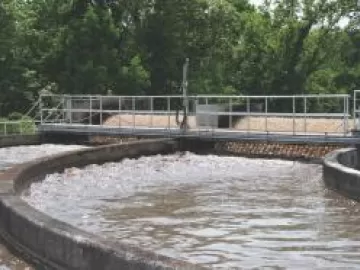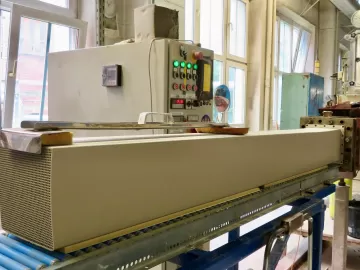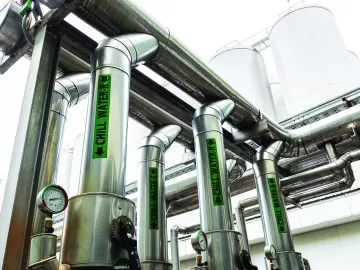Technology

Word is beginning to filter out about the 2022 changes to the ASHRAE 90.1 energy efficiency standard, and the changes it promises to bring to how compressed air systems are specified, commissioned and maintained. More specifically, the industry is learning about section 10.4.6 of 90.1, which is the first time the standard has included a section on compressed air.
[ Read Full Story ]
Choosing a Cooling Tower for Your Application – Crossflow or Counterflow?
[ Read Full Story ]
Achieving “Technically Oil-Free” Compressed Air
[ Read Full Story ]
Microbiological Testing Considerations for Compressed and High Risk Ambient Air Systems in Food Plants
[ Read Full Story ]
Reciprocating Air Compressor Maintenance
[ Read Full Story ]
Air Compressor Lubricant Tracing for Quality
[ Read Full Story ]
Reciprocating Air Compressors Ideal for Intermittent Duty Cycle Applications
[ Read Full Story ]
Wonderful Pistachios & Almonds™ Optimizes Piping and Air Compressor Automation
[ Read Full Story ]
How to Size and Maintain Oil Free Compressed Air Systems
[ Read Full Story ]
Meat Processor Improves Uptime, Saves Costs with Compressed Air System Upgrade
[ Read Full Story ]











